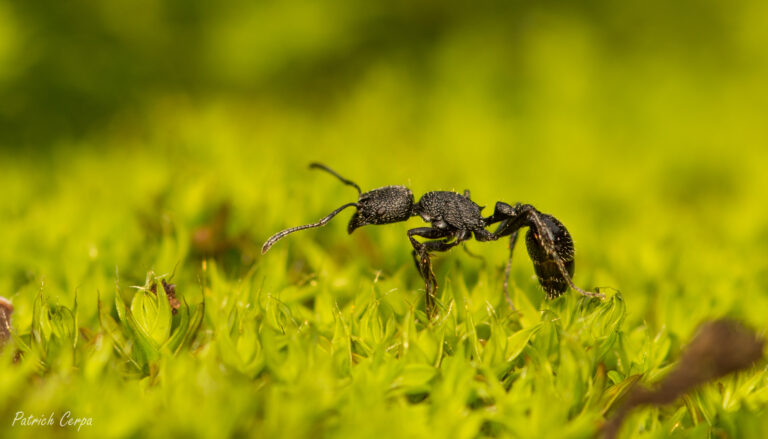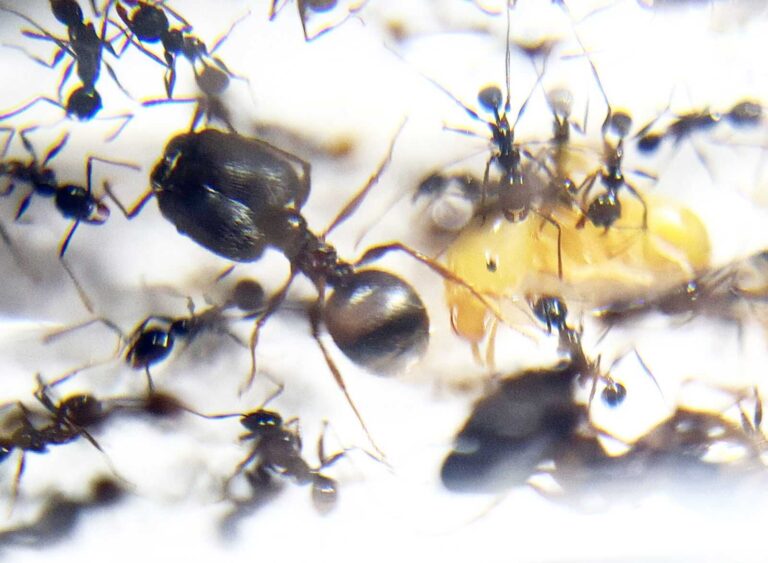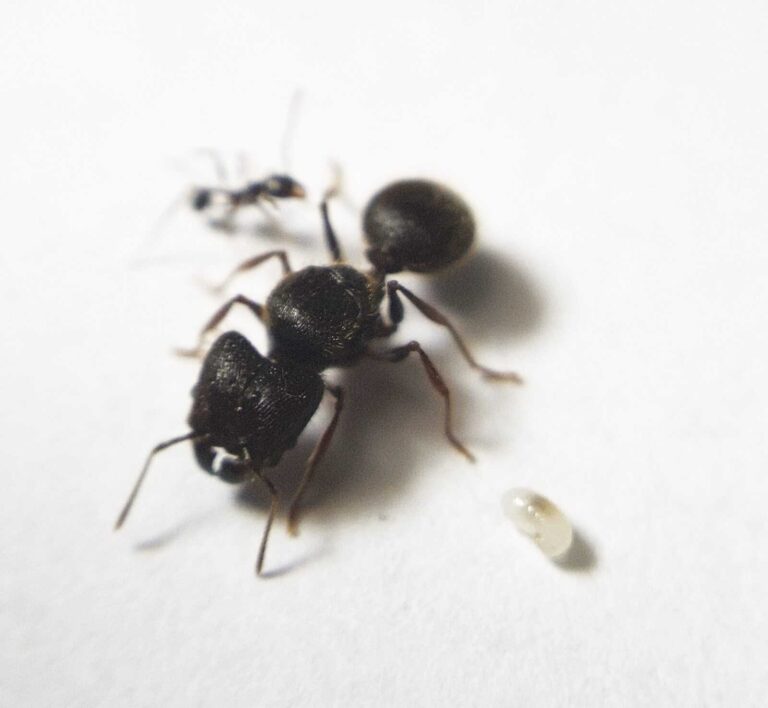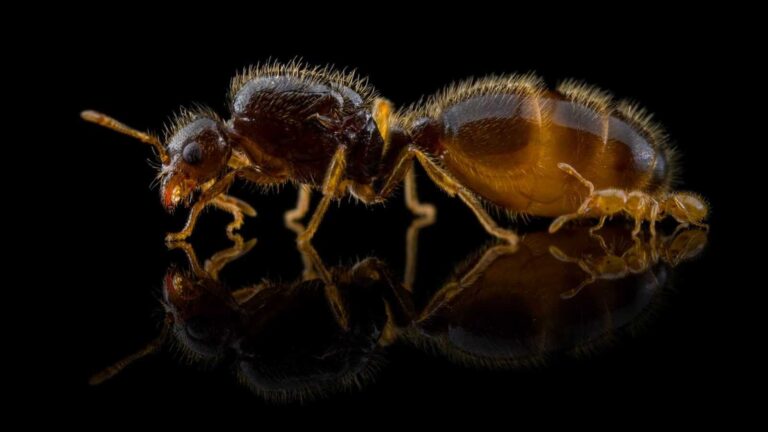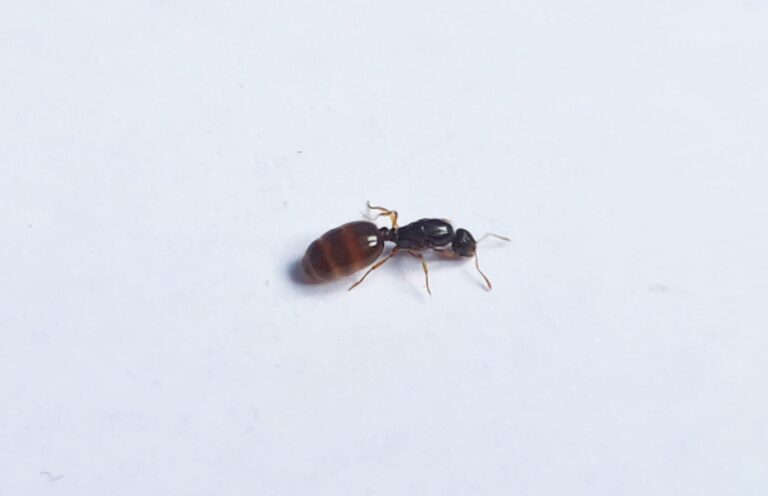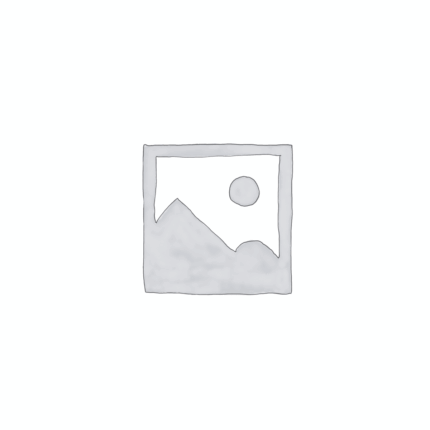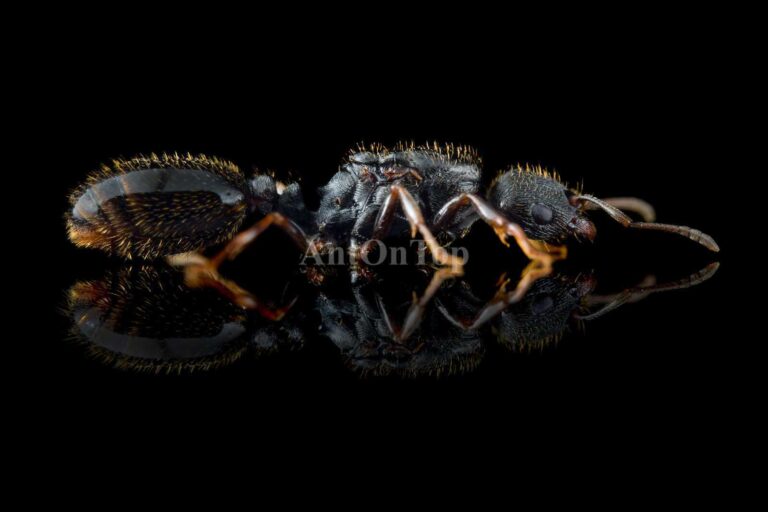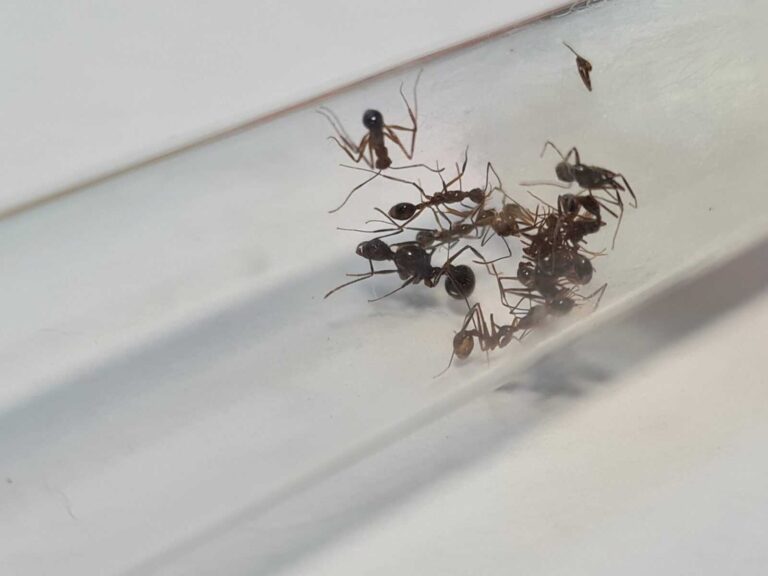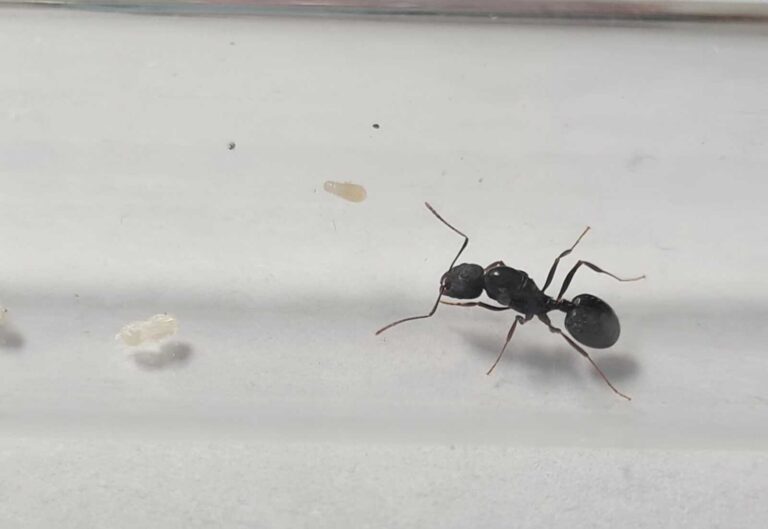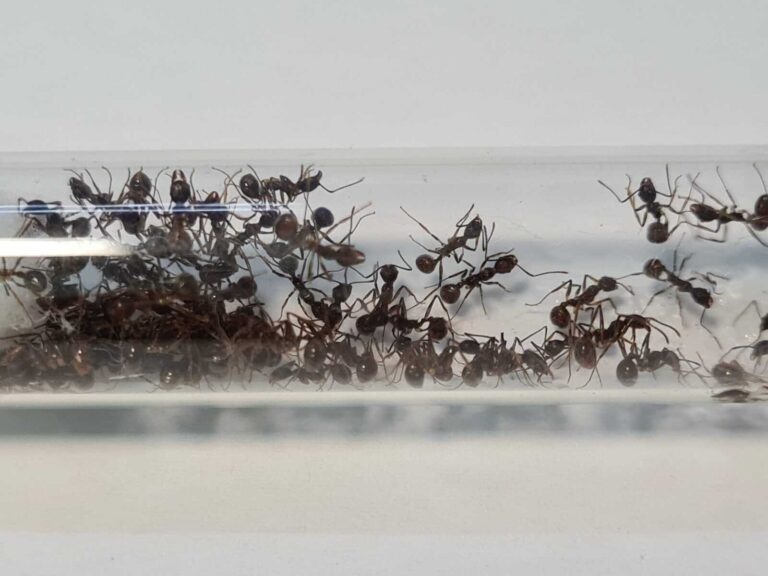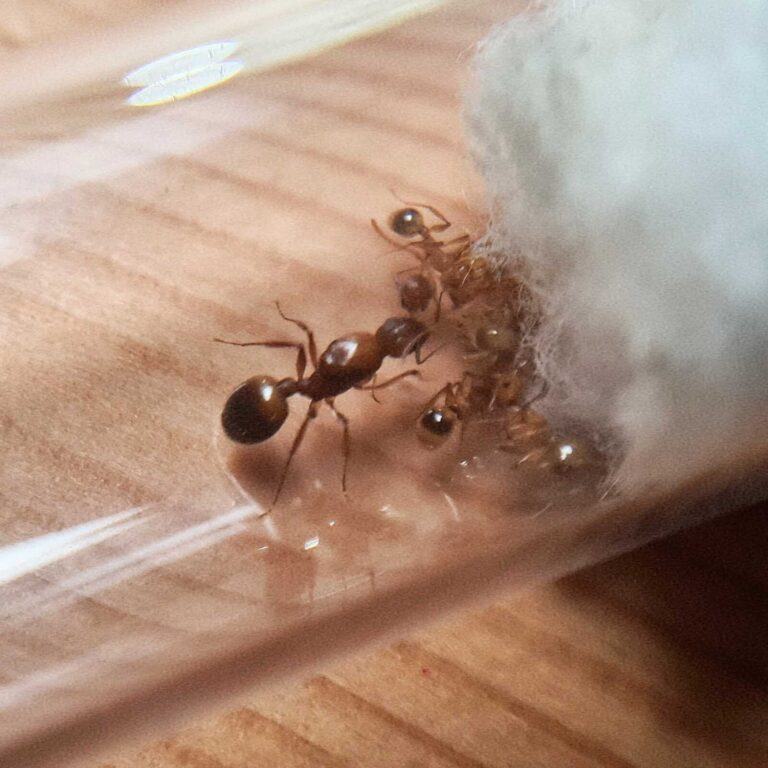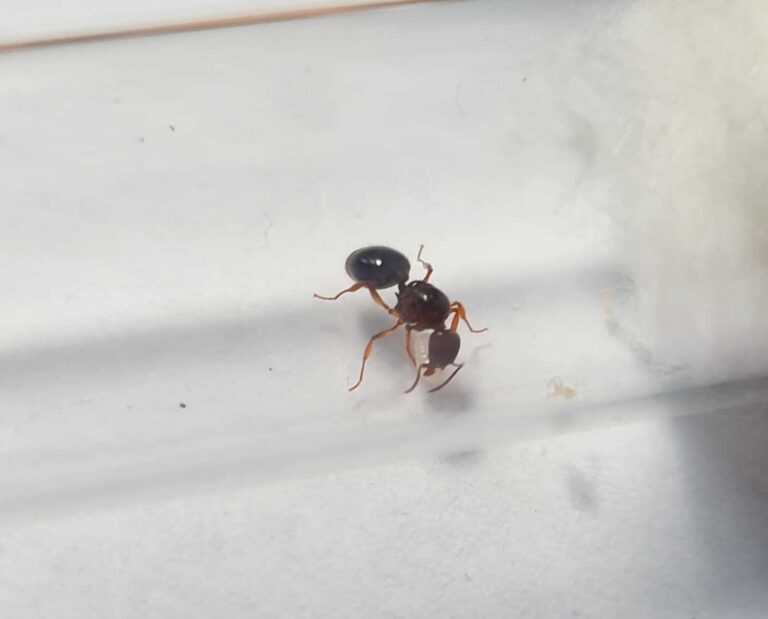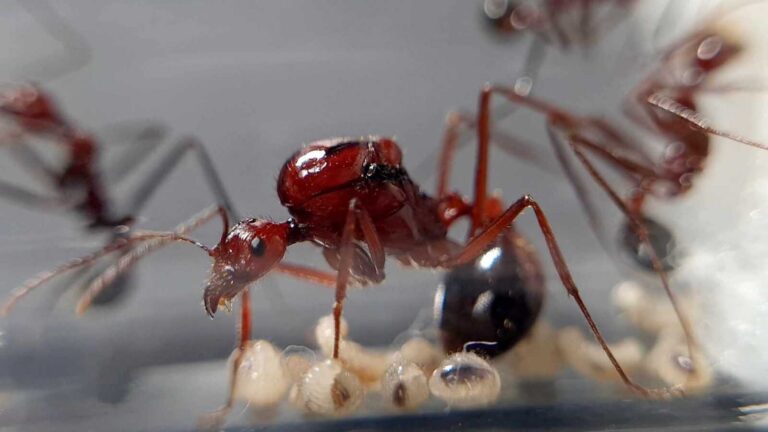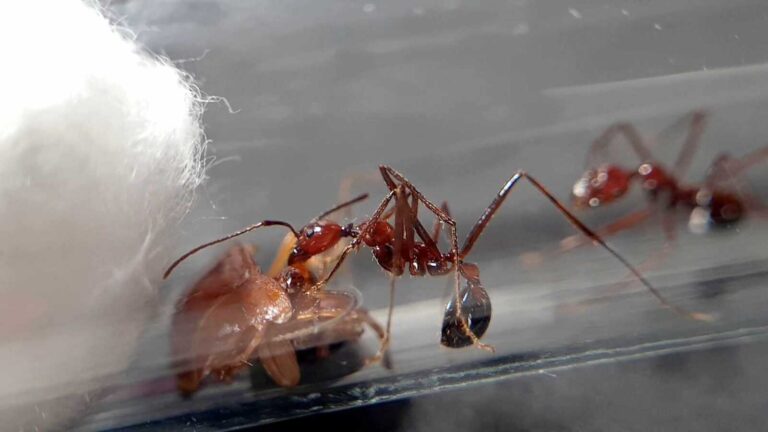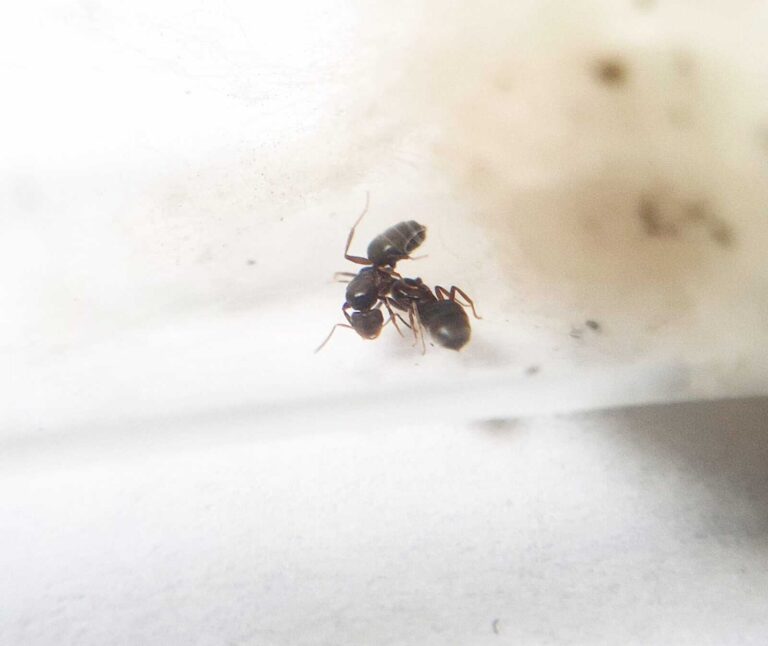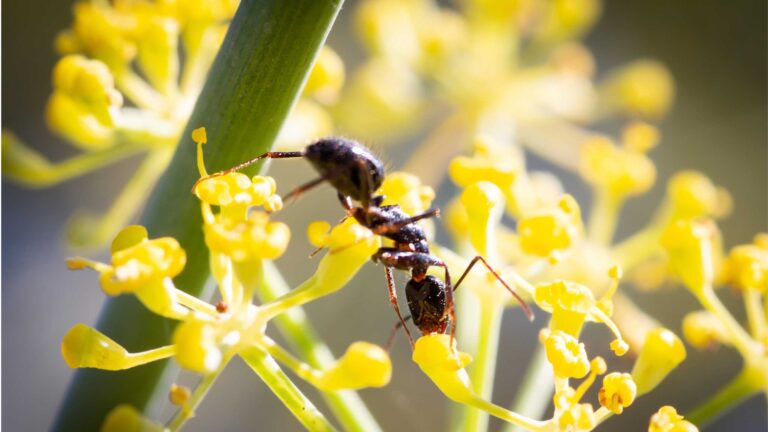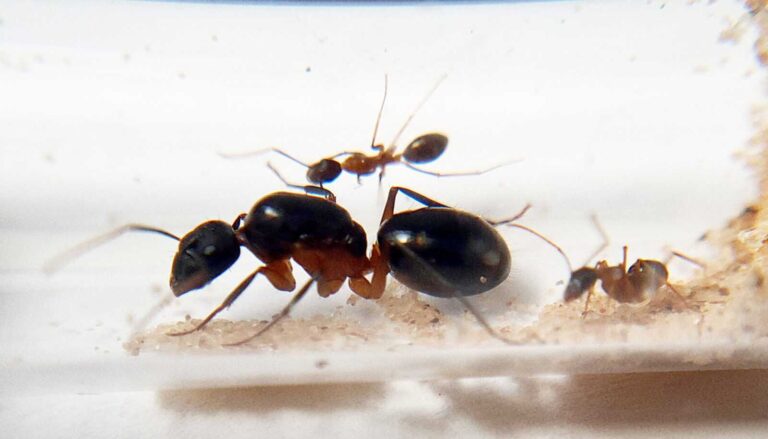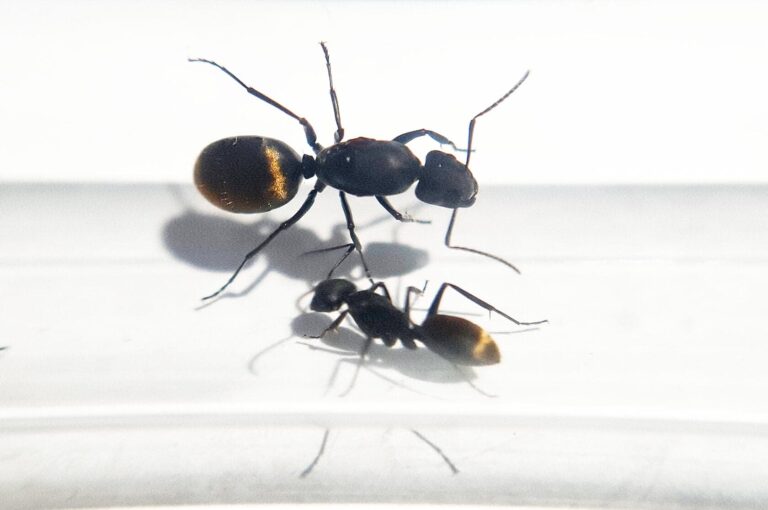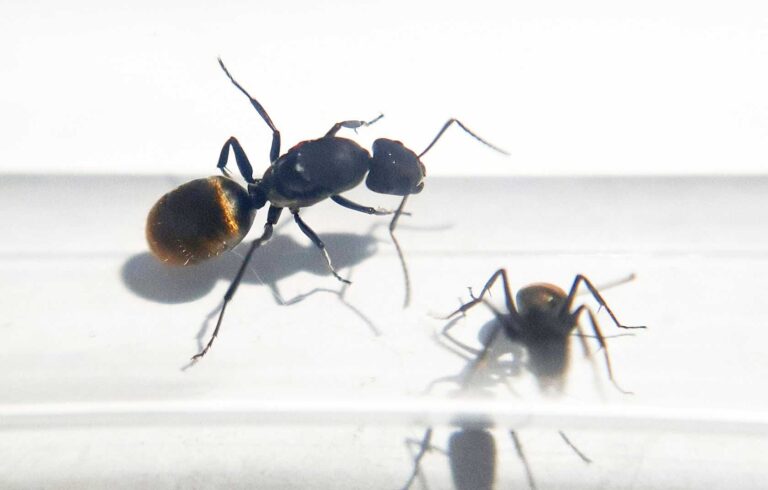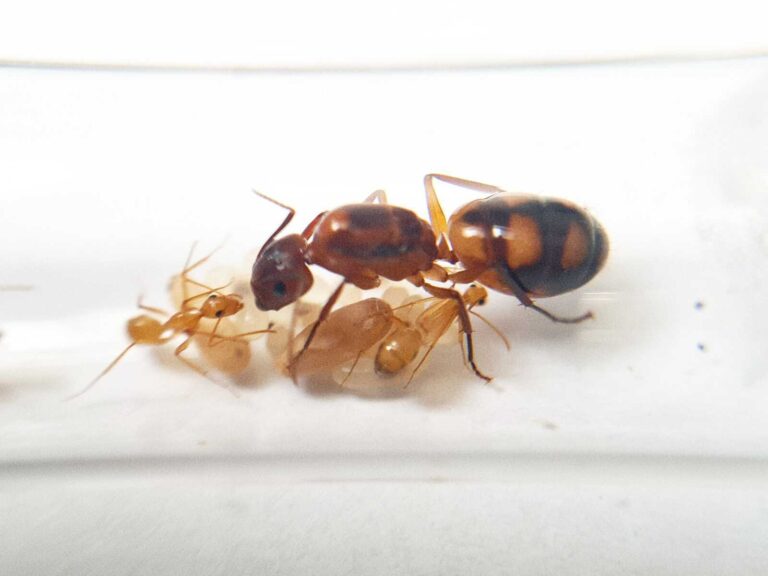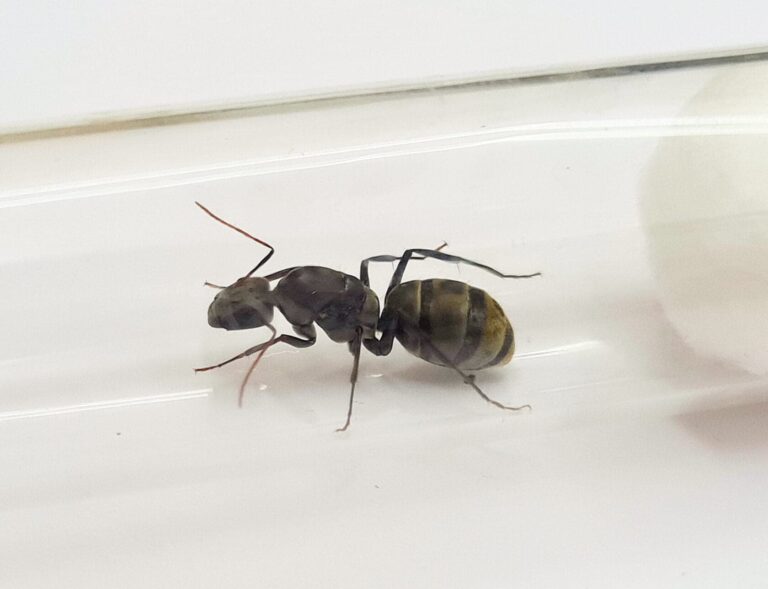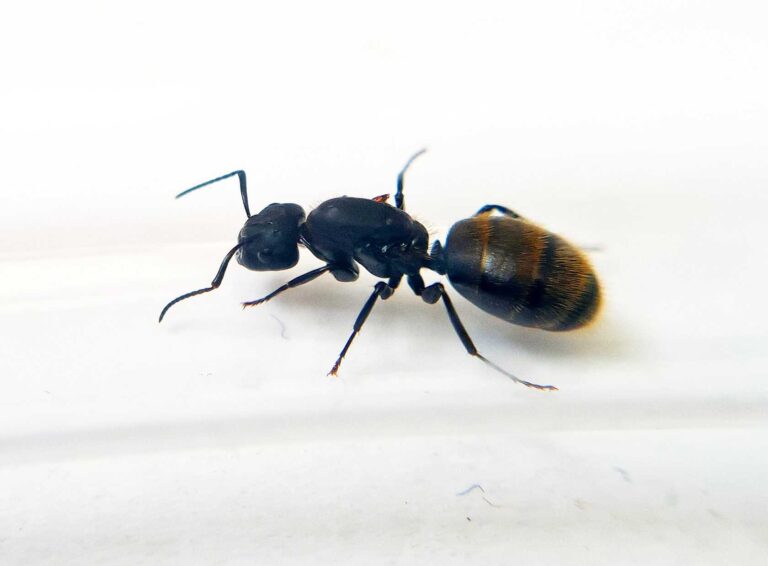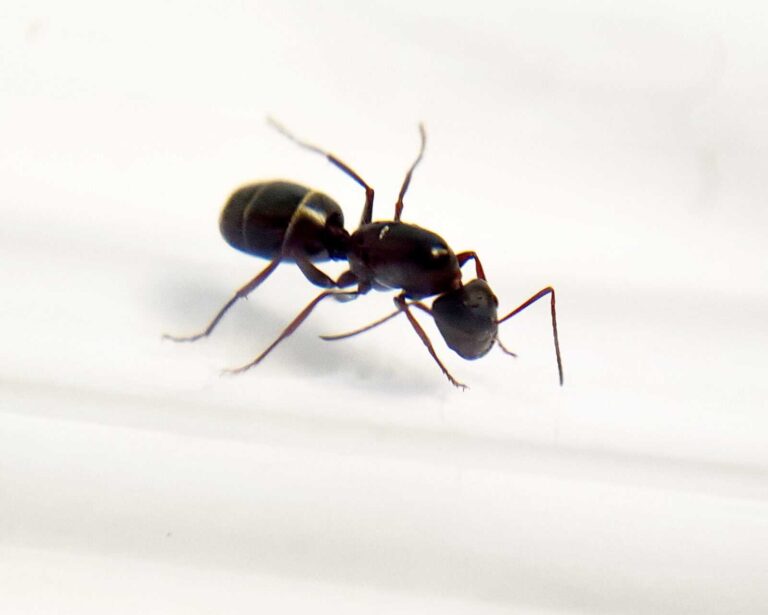Showing 41–60 of 126 results
- Queen 119
- Queen and 1-50 workers 7
- Queen and 1-3 workers 116
- Queen and 4-10 workers 115
- Queen and 11-20 workers 115
- Queen and 21-40 workers 115
- Queen and 41-60 workers 112
- Queen and 61-100 workers 74
- Queen and 51-100 workers 7
- Queen and 101-200 workers 16
- Queen and 201-500 workers 9
- Queen and 501-1000 workers 3
- 2 Queens 12
- 2 Queens and 1-50 workers 6
- 2 Queens and 1-3 workers 9
- 2 Queens and 4-10 workers 9
- 2 Queens and 11-20 workers 9
- 2 Queen and 21-40 workers 8
- 2 Queens and 41-60 workers 8
- 2 Queens and 61-100 workers 4
- 2 Queens and 101-200 workers 7
- 2 Queens and 51-100 workers 6
- 2 Queens and 201-500 workers 5
- 2 Queens and 501-1000 workers 1
- 3 Queens 4
- 3 Queens and 1-50 workers 6
- 3 Queens and 1-3 workers 3
- 3 Queens and 4-10 workers 3
- 3 Queens and 11-20 workers 3
- 3 Queens and 21-40 workers 3
- 3 Queens and 41-60 workers 3
- 3 Queens and 61-100 workers 2
- 3 Queens and 51-100 workers 6
- 3 Queens and 101-200 workers 7
- 3 Queens and 201-500 workers 5
MicroMicro 9
SmallSmall 23
MediumMedium 65
LargeLarge 28
HugeHuge 1
Patagonomyrmex angustus polygynous ant colony, with colony size usually under 400 workers, rarely exceeding that size in natural nests
Size: Queens: ~7-9 mm, Workers: ~4–6 mm
Pheidole dugasi is a species of ant with monogynous colonies that can have up to 50,000 workers. They have a fast development speed and vary in size, with queens measuring 11-13 mm, workers measuring 4.5-6 mm, and majors measuring 8-12 mm. They are black in color and their nutrition consists of food insects, syrup, fruits, vegetables, jelly, and cooked chicken without salt.
Solenopsis fugax is a monogynous ant species with colonies of up to 100,000 workers. They have a fast development rate. The queen measures 6-8 mm, while workers measure 1.5-2.5 mm and are yellow in color. They feed on food insects, syrup, fruit, vegetables, jelly, and cooked chicken without salt. The ant colony requires humidity.
Temnothorax unifasciatus is a tiny, peaceful species forming small colonies in acorns or rock cracks. Best suited for natural-style micro formicaria and hobbyists who enjoy detailed ant behavior on a miniature scale.
Tetramorium caespitum, or pavement ants, can be kept as pets by providing a suitable nest. These ants prefer nests with multiple chambers and a substrate that retains moisture well, such as sand or soil. Maintaining proper humidity levels is important for the well-being of the colony.
The Aphaenogaster feae is a monogynous ant species with colonies consisting of several thousand workers. They have a medium development speed and come in sizes ranging from 7-9mm for the queen and 3-5.5mm for workers. They are brown in color and their nutrition consists of food insects, syrup, fruits, vegetables, jelly, and cooked chicken without salt.
Aphaenogaster gibbosa is a monogynous ant species with a colony size of about 1000 workers. The development rate is medium. The queen measures 7-8 mm in size, while the workers are 3-4 mm. They have a brown color with yellowish legs. Their nutrition includes food insects, syrup, fruits, vegetables, jelly, and cooked chicken without salt.
Aphaenogaster schurri is a monogynous ant species with a colony size of up to 1000 workers. They have a medium development rate and come in sizes of 11-13mm for queens and 5-9mm for workers. Their color is brown and they feed on food insects, syrup, fruits, vegetables, jelly, and cooked chicken without salt.
Aphaenogaster splendida is a monogynous ant species with several thousand workers. They have a medium development speed and are sized at 6-8mm for queens and 3-4mm for workers. They are yellow-orange in color and their nutrition includes food insects, syrup, fruit, vegetables, jelly, and cooked chicken without salt.
Aphaenogaster subterranea is a species of ant with monogynous colonies of up to 1000 workers. They have a medium development rate and vary in size, with Queens measuring 7-8mm and workers measuring 3-4mm. They are brown in color and their nutrition consists of food insects, syrup, fruits, vegetables, jelly, and cooked chicken without salt.
The Aphaenogaster swammerdami is a species of ant with a monogynous colony type and a medium development rate. The colony can have up to 5000 workers. The queen measures 13-18mm in size, while the workers are 8-12mm. They have a distinctive coloration, with a redhead and thorax and a black abdomen. Their diet consists of food insects, syrup, fruit, vegetables, jelly, and cooked chicken.
Brachymyrmex laevis is a polygynous ant species with colonies consisting of several thousand individuals. They have a fast development speed and are brown-black in color. Their diet consists of insect food, syrup, fruit, vegetables, jelly, and cooked chicken without salt. Queens measure 3-5mm in size, while workers are 1-2mm in size.
Camponotus aethiops is a monogynous ant species with a colony size of up to 1000 workers. The development rate is medium. The queen measures 12-13mm, workers measure 4-7mm, and majors measure 8-10mm. They are black in color with slightly red legs and bottom. Their nutrition includes food insects, syrup, fruits, vegetables, jelly, and cooked food.
Camponotus arnoldinus is a species of ant that has a monogyny colony type and can have a colony size of up to 5000 workers. They have a fast development speed and come in various sizes and colors. Their nutrition consists of food insects, syrup, fruit, and vegetables.
Camponotus camelinus – ant colony with Monogyny type nest. Size of ants is: Queen: 17-18 mm, Workers: 6-10 mm, Majors: 11 – 13 mm
Саmponotus chilensis – Cute Golden back ant
The Camponotus christi ambustus is a type of ant with a monogynous colony type. The colony can have up to 5000 workers and has a medium development rate. The ants are bright orange with black dots on the abdomen and their size ranges from 8-18 mm. They feed on food insects, syrup, fruit, and vegetables.
The Camponotus cinctellus ant colony is monogynous and can have up to 10,000 individuals. They have a medium development rate. The ants vary in size, with queens measuring 15-17 mm, workers measuring 6-10 mm, and majors measuring 13-15 mm. They have a matte black head and chest, and their gastres have strong hair with golden reflections. Their nutrition consists of food insects such as cockroaches and crickets, as well as syrup made from water and honey.
Camponotus darwinii is a monogynous ant colony with a size ranging from 3000 to 5000 workers. They have a fast development speed and their queen measures 12-14 mm, while workers measure 5.5-8 mm and major ants measure 9-11 mm. They are black with golden hair covering their body. Their nutrition consists of insect food, syrup, fruits, vegetables, and jel.
Camponotus feae is a monogynous ant species with colonies consisting of several hundred individuals. They have a medium development speed and come in three different sizes: queen (12-14 mm), workers (5-9 mm), and majors (10-15 mm). They are matte black in color and their nutrition consists of various foods such as cockroaches, crickets, syrup, fruits, and vegetables.


